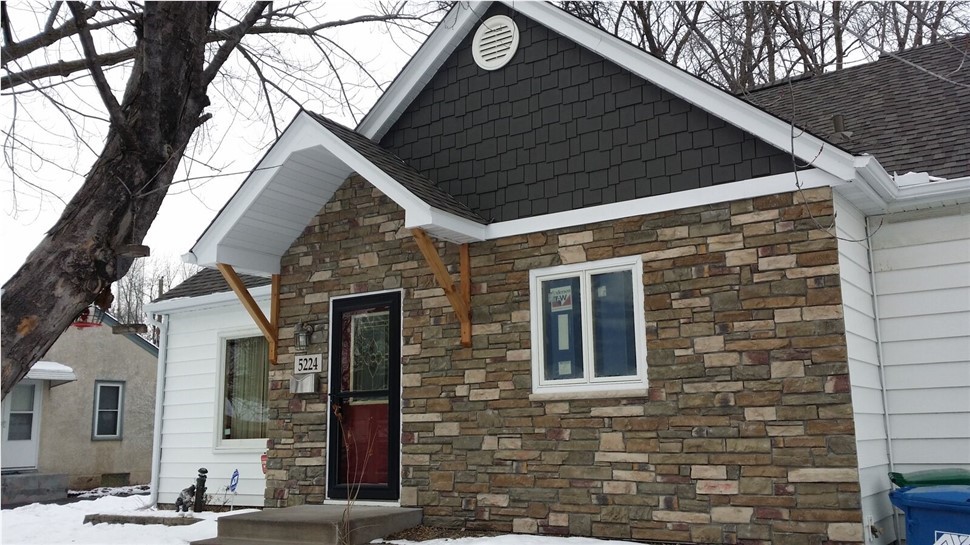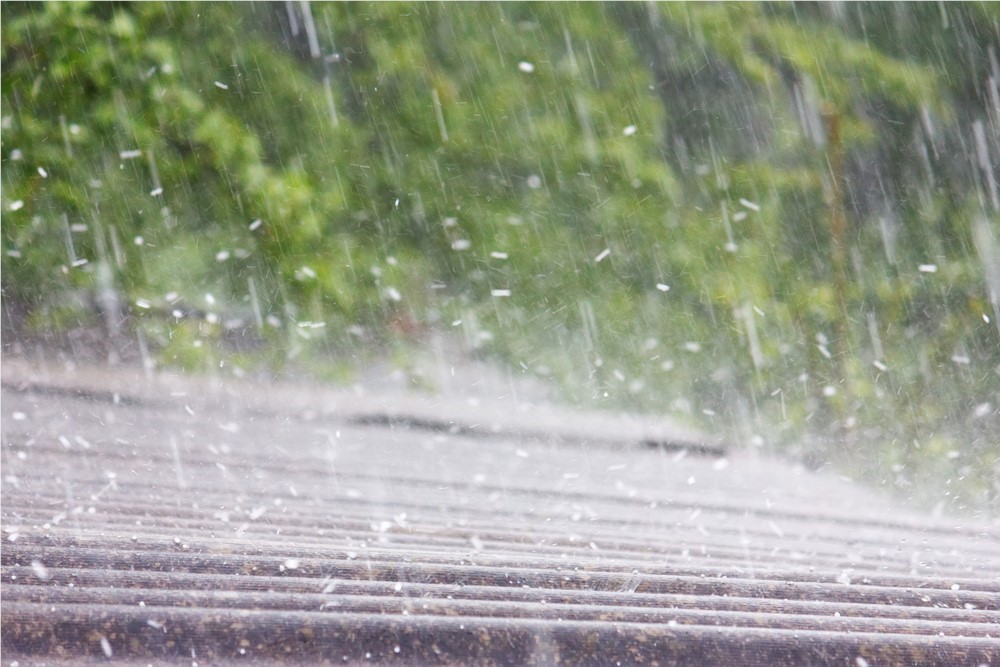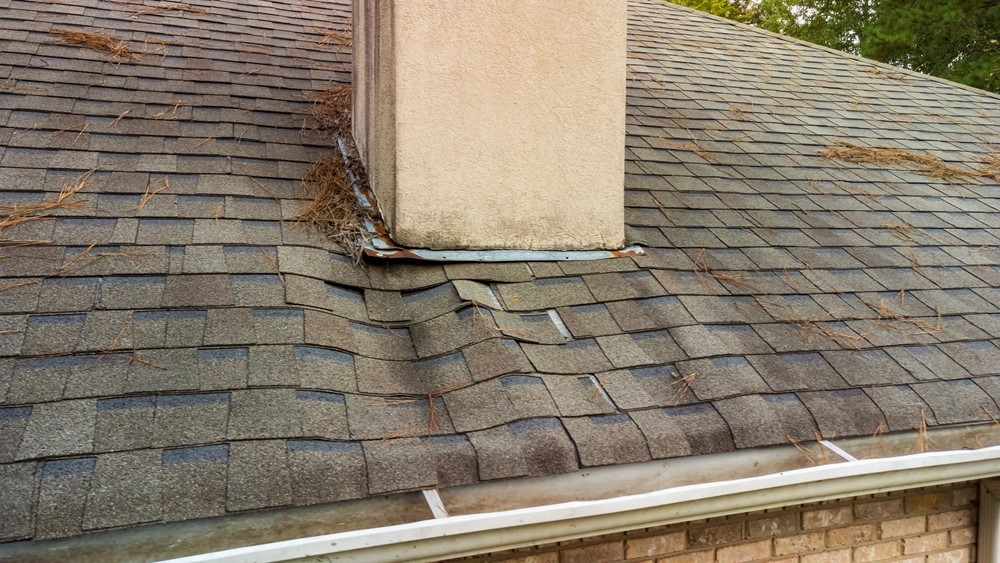Now that you know a bit about the ventilation that is required, you need to know exactly how this ventilation is achieved. We can't overemphasize how important proper roof ventilation is in relation to what is happening inside your home. With the the help of experienced, trained professionals helping you with the process along the way, you should not run into any problems.
 What Is Needed for Adequate Attic Ventilation
What Is Needed for Adequate Attic Ventilation Intake and exhaust vents are both needed inside a home to keep air flow going and remove moist and warm air. You're probably aware of how important they are in areas like your bathroom and above your kitchen stove, but they are also required underneath your roof, especially in the attic. (Even if you don't have an actual attic that you can move around in, there is space underneath most roofs that we refer to as the attic.)
Not only do you need vents to them to remove and bring in the air through the attic, but you need them to work flawlessly with one another. Airflow depends on it.
The intake vents are put in the areas beneath the roof edges. These overhangs - called eaves - need to have venting, and they are installed on the horizontal structure at the base of the eave - the soffit. Soffit vents are usually covered from the top so that rain and other moisture cannot get in but air flow is still possible. The exhaust vent is then put near the ridge or peak of the top of the roof. When properly installed, air is drawn in throw the eave vents, through the attic, and then pulled out via the ridge vents.
At times additional exhaust ventilation may be added via gable vents and even roof turbines.Proper installation of the right vents in the right places is essential. In order for them to work as they should, they need to be placed in the right areas and not be obstructed by anything, including insulation that is put into the home. Most all building codes throughout the country require the attic to have this type of ventilation. It can help move the air, smoke and moisture out through the top of the roof. It can also help with adequate airflow to keep a house cooler when the weather is warmer outside.
In our earlier post we talked about the importance of proper attic ventilation in order to prevent the build-up of ice dams. But there are other issues as well. Lack of adequate ventilation means your attic space is heating up far more than it should. In addition to higher utility bills, that hot attic will also contribute to the premature breakdown of asphalt roofing.
There are many benefits to having the proper air flow throughout a home. If your attic does not have the proper ventilation, then it might be time to consider getting it for the life of your home and the quality of air that you get inside it.
For more information on attic ventilation, speak with us here at Metal Roofing & Siding of Minnesota. We can provide you with more information regarding the status of your existing ventilation and whether we would recommend additional venting be installed. It's frequently something we do when we put on a new roof.
Remember, our in-home consultations are always free and come with no obligation. So why not call us today?
Subscribe to Quarve Contracting's Blog







Comments